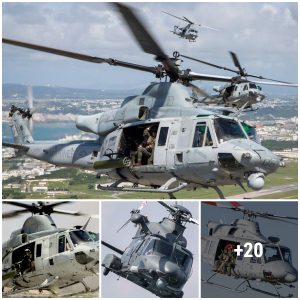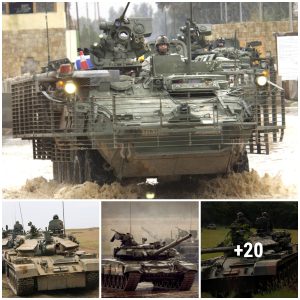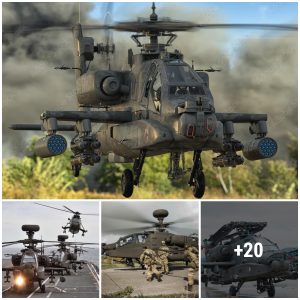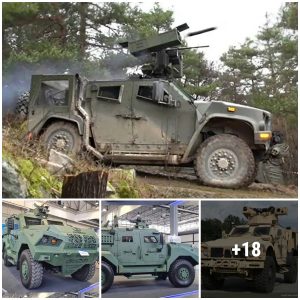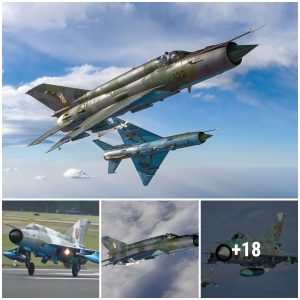First test flown over 50 years ago in July 1972, the F-15 Eagle was developed with ambitious specifications to counter the formidable Soviet MiG-25 Foxbat interceptor during the Cold War and has been relied on by the U.S. Air Force as a prime air superiority fighter since 1975. While it was the first combat jet from the fourth generation to enter service in any air force in the world, it remains today the oldest fighter still in production. By the end of the Cold War in 1989 over 900 Eagles were in U.S. Air Force service, with 200 more deployed by Japan and over 50 each by Israel and Saudi Arabia – with lower end clients unable to afford and in many cases politically barred from acquiring the jets.

F-X and F-15EX Fighters – artworks
Rivalled in the West only by the U.S. Navy’s even heavier and more expensive F-14, the F-15C/D was the top Eagle variant developed for air to air combat and continued to serve as the U.S. Air Force’s most capable air superiority fighter until December 2005, when its fifth generation successor the F-22 Raptor joined the service. The F-22 was declared combat ready several years behind schedule, and was a lot less capable than originally envisioned due largely to budget cuts. At the time of its entry into service, however, the Raptor was still in a league of its own globally as the world’s only next generation combat jet. It improved on the capabilities of the F-15 with a radar cross section reducing airframe, a powerful new AESA radar, the and world’s most powerful fighter engine the F119 which facilitated a much improved flight performance.

F-15 and F-22 Fighters
Although the F-22 was expected to replace the F-15C/D in all frontline units, issues with the Raptor’s design ultimately led to 75% of initially planned aircraft being cut – and to separate plans for specialised carrier based and strike variants being cancelled entirely. The primary issue with the Raptor was its extremely high operational cost of over $60,000 per hour per fighter that resulted primarily from excessive maintenance requirements. While a major requirement from the program was that it have a lower operational cost than the F-15, that of the F-22 was in fact over twice as high with a lifetime cost of close to $800 million. This combined with the aircraft’s low sortie and availability rates due to its high maintenance needs, and its unusual computer architecture which made it particularly difficult to incorporate upgrades onto, ultimately made it an unviable replacement for the F-15. A further major shortcoming was its range, with the F-15’s endurance already being far lower than competing Russian fighters such as the Su-27, while the F-22’s range was far shorter still limiting its combat radius considerably. As a result of cuts to planned F-22 orders, the U.S. Air Force still relies on the F-15 as it’s most numerous air superiority fighter, with a much higher proportion of the F-15s able to be kept combat ready.

F-22 Fifth Generation and F-15 Fourth Generation Fighters
Both the F-22 and particularly the F-15C/D have incorporated significant upgrades over the past two decades, with some of the Eagles integrating the world’s first operational fighter-mounted AESA radars as well as new armaments and electronic warfare systems. Nevertheless the age of the F-15C/D fleet and resulting issues such as metal fatigue have left the aircraft are increasingly in need of replacement. Furthermore the F-22, which finds itself facing competing against foreign next generation fighter designs with technologies significantly ahead of it, has seen its exorbitant operational costs made increasingly difficult to justify. Largely as a result an early retirement for at least a part of the Raptor fleet was confirmed in May 2021, with the first scheduled to leave service in 2023, while sixth generation air superiority fighters are currently under development to succeed them.

U.S. Air Force F-15EX Heavyweight Fighter
Two new classes of heavyweight air superiority fighter developed in parallel are expected to facilitate the U.S. Air Force’s phasing of both the F-15C/D and F-22 out of service. The F-15EX ‘4+ generation’ combat jet saw the first orders made in 2018 to replace the Cold War era Eagles, and is considerably easier to maintain and upgrade over time. The program capitalises on significant improvements made to the Eagle design since the last were built for the U.S. Air Force in 2001, with the financing for these incremental improvements coming from export orders from South Korea, Singapore, Saudi Arabia and Qatar. The jets have a capacity for 22 air to air missiles compared to the F-15C/D’s eight missiles, and boast electronic warfare systems, sensors and other avionics at a cutting edge fifth generation level. The new Eagles will also be able to deploy AGM-183 hypersonic long range air to ground missiles for strike role, and have much more sophisticated airframe designs capitalising on over 40 years of technological advances.

F-X Sixth Generation Fighters – concept art
Alongside the F-15EX, the F-X sixth generation fighter being developed under the Next Generation Air Dominance (NGAD) program will provide a second fighter to modernise the American air superiority fleet, complementing the conservative F-15EX with a top end capability. A technology demonstrator reportedly made its first flight in 2020, with the U.S. in a neck to neck race to field a sixth generation fighter before China’s own air force does. The aircraft is expected to integrate a range of new features which will leave the F-22, F-15C/D, and even the newer F-15EX far behind including laser and hypersonic weapons, artificial intelligence, new AIM-260 air to air missiles and a new electronics suite several decades ahead. Although it is unlikely to enter service in even the modest numbers of the F-22, let alone the F-15, due to its extreme projected cost in the hundreds of millions of dollars, the fighter is expected to fulfil the niche role of going head to head with top end enemy stealth fighters such as the Chinese J-20 and FC-31.
While the F-15 and F-22 were built primarily with war in Europe in mind, their sixth generation successor is expected to have a much higher endurance reflecting the Pentagon’s new primary focus of the Asia-Pacific theatre. The F-X and F-15EX, likely alongside a range of complementary upcoming unmanned aircraft, will between them effectively replace the F-15C/D and the F-22. The F-15EX’s low cost, simplicity and much higher reliability and readiness for service makes it an effective complement for the F-X, which perhaps even moreso than the fifth generation F-22 and F-35 is expected to be far from straightforward to complete and bring into service.
